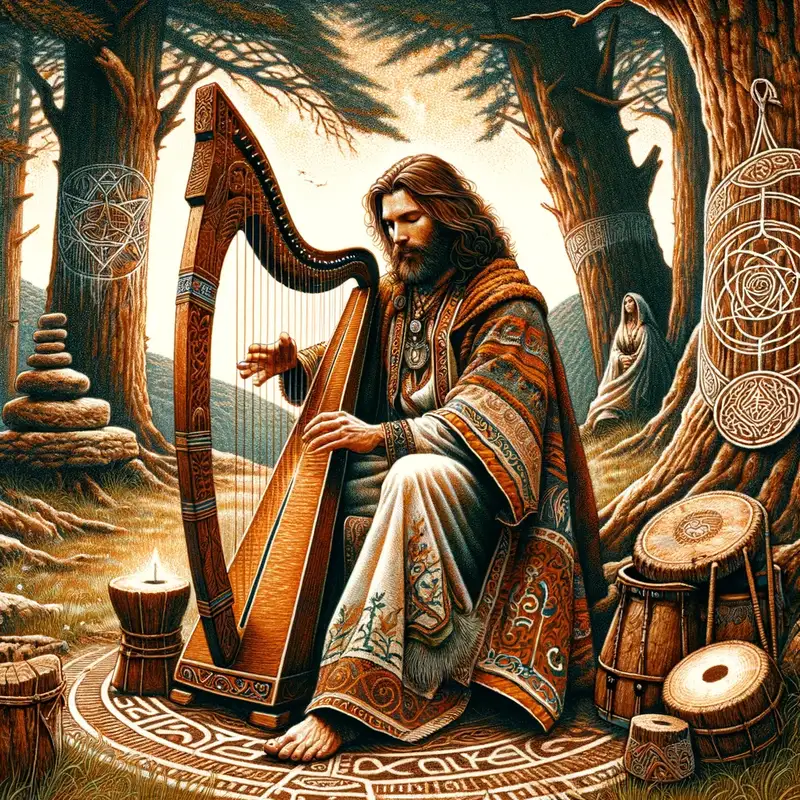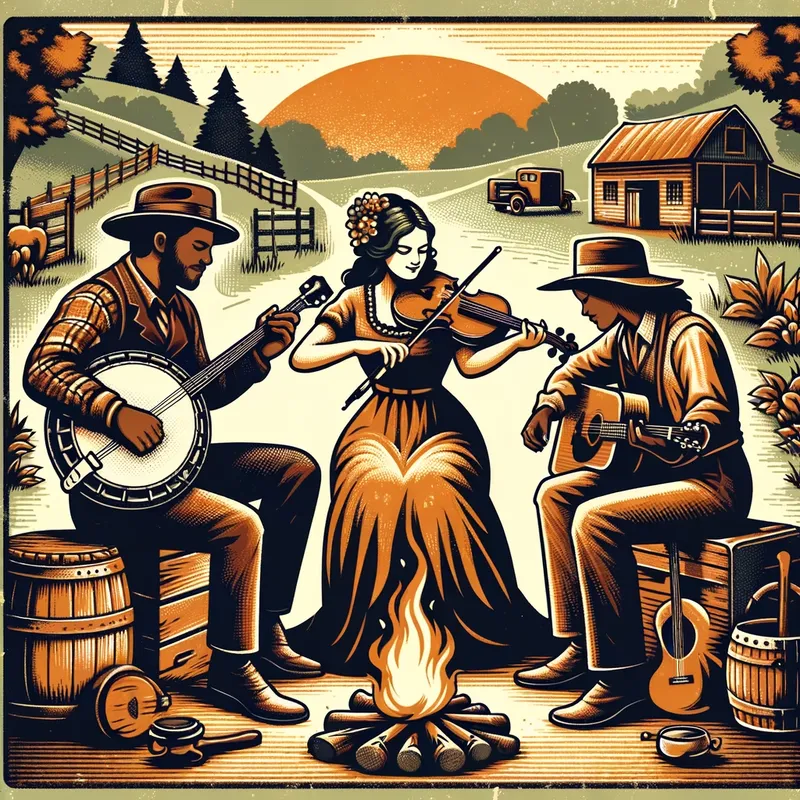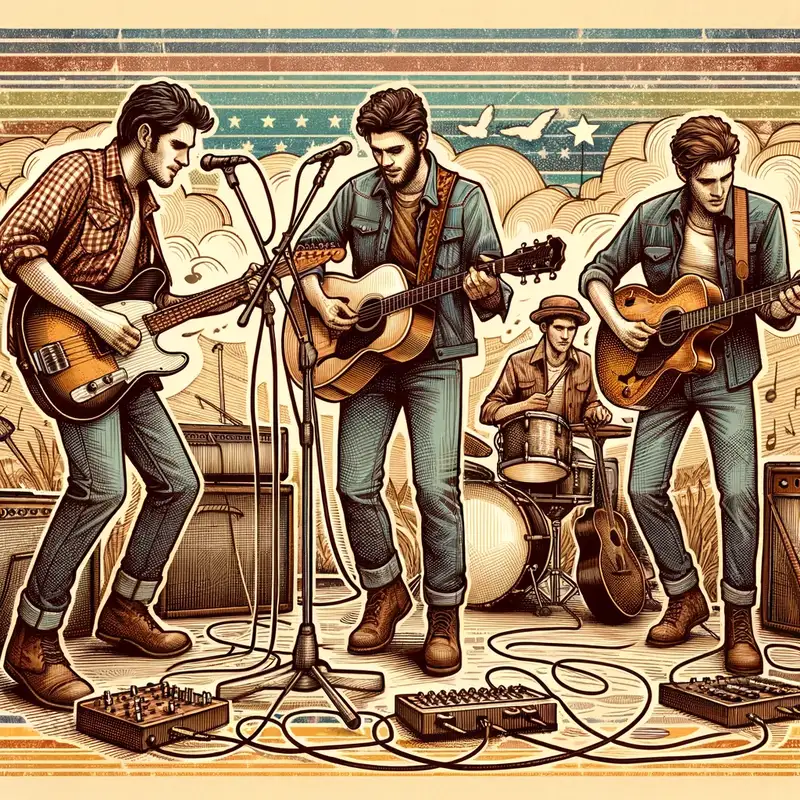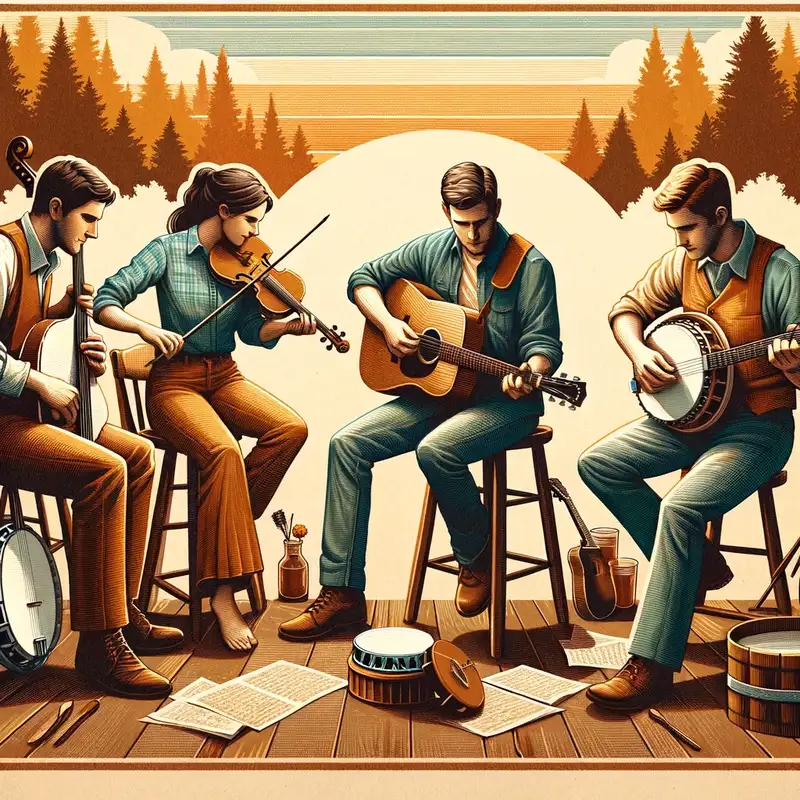Pagan Folk

Pagan Folk music, often described as a fusion of ancient pagan, folk, and modern musical elements, provides a unique bridge between the old and the new.
Table of Contents
What is Pagan Folk?
Pagan Folk is a genre of music that draws inspiration from ancient pagan rituals, beliefs, and stories. It combines traditional folk melodies, instruments, and themes with more contemporary sounds and styles. The result is a distinctive genre that evokes images of ancient forests, mythical creatures, and sacred rituals.
Historical and Cultural Roots
Pagan Folk has deep historical and cultural roots. It’s a reflection of ancient pagan traditions, which predate the major contemporary religions of today. These traditions, which were often nature-based, had their own rituals, gods, and mythologies.
In places like Europe, these traditions were gradually overshadowed by Christianity. But in the modern era, there’s been a revival of interest in pagan practices, and Pagan Folk music has played a role in this resurgence.
Common Instruments and Sounds
Traditional instruments play a pivotal role in Pagan Folk. Here are some of the commonly used instruments:
- Hurdy-gurdy: A stringed instrument that produces a sound reminiscent of a violin and a bagpipe combined.
- Lyre: An ancient string instrument known for its gentle and melodic sound.
- Flutes and Whistles: Used to produce soft, flowing melodies.
- Bodhrán: An Irish frame drum.
- Mandolin and Lute: Stringed instruments that add depth and rhythm.
These instruments, when combined with modern instruments like guitars and keyboards, produce the distinctive sound of Pagan Folk.
Themes and Symbolism
The lyrics in Pagan Folk often revolve around:
- Nature and its cycles: Celebrating seasons, moon phases, and the elements.
- Deities and Mythological figures: Honoring ancient gods and goddesses.
- Rituals and magic: Invoking ancient rites and practices.
- Ancestral wisdom: Reflecting on the knowledge and beliefs of ancient cultures.
Leading Bands and Artists
Several bands and artists have made significant contributions to the Pagan Folk genre:
- Faun: A German band known for blending medieval and pagan sounds.
- Omnia: A band that draws inspiration from nature.
- Wardruna: Known for their atmospheric music inspired by Norse traditions.
- Heilung: Their music is based on texts from artifacts of the Iron Age and the Viking Age.
- Damh the Bard: A solo artist who infuses Druidic and pagan themes into his music.
The Impact of Pagan Folk
Pagan Folk, as a genre, does more than just entertain. It has become a tool for spiritual exploration and rediscovery. This music serves as a bridge to ancient cultures, allowing them to reconnect with traditions long lost. Moreover, it’s a reminder of our deep-rooted connection with nature and ancient cultures.


